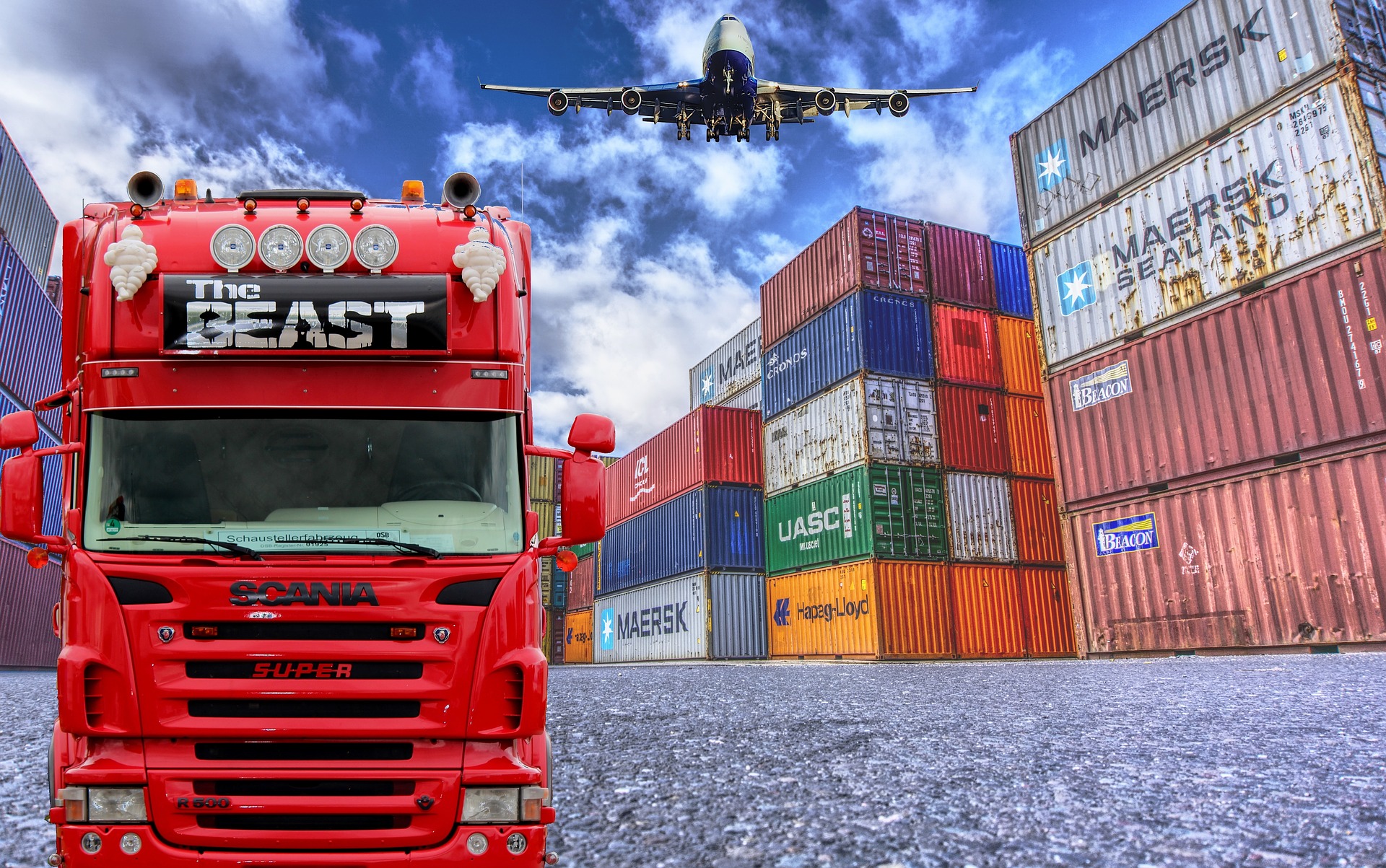The way that pre-pandemic supply chains are remembered wistfully today suggests that tariffs, storms, earthquakes, tsunamis, wars and labor strikes never presented manufacturers with difficulties procuring raw materials or shipping finished goods to customers on time, every time. Lean, just-in-time supply chain management focused on cost savings was the way to go, right?
We know that’s a myth. Over the past 30 years, manufacturing and distribution organizations continually negotiated various challenges as they built out their supply chains. But COVID-19 and more recent geopolitical events like Russia’s invasion of Ukraine, trade sanctions, intermittent lockdowns in China, inflation, and even a growing emphasis on corporate environmental, social and governance (ESG) policies are having a more pronounced influence on supply chain risk today.
To combat these threats, companies should be looking for ways to mitigate supply chain vulnerability by diversifying their portfolio of suppliers, production locations and distribution channels. In short, manufacturing and distribution organizations that view their supply chains as cost centers should instead assess and manage them more holistically. While cost remains an important factor, more weight needs to be placed on supply chain flexibility, reliability, resiliency and responsiveness to ensure that these organizations can continue to operate amid prolonged periods of elevated supply and shipping interruptions.
Here are a few measures that manufacturing and distribution organizations should consider taking to create more resilient supply chains in these extraordinary times:
Strengthening the Supply Chain
As noted above, structural issues have long plagued fragile supply chains, but the most recent disruptions have captured the full attention of executives and boards in manufacturing and distribution organizations. The locations of key suppliers, the reliability of second- and third-tier suppliers, the availability of qualified supply sources, onshoring and nearshoring, the ability of suppliers to keep operating in the event of a catastrophe, and how long manufacturing and distribution organizations themselves can operate amid a disaster are just a few supply chain matters that companies need to begin exploring, if they haven’t already.
While most organizations tend to associate disruptions on weather and conflict — and lately lockdowns — they need to be aware of how stakeholder concerns about ESG scores may also affect supply chains. Frequently, a lack of transparency challenges the ability of companies to make a complete assessment of their first-tier suppliers, let alone those further down the line. All parties need to participate in a solution: Suppliers must share more data with their customers, and manufacturing and distribution organizations must cultivate higher levels of trust so that suppliers will provide the requisite information without concern that it will become a source of leverage during future contract negotiations.
Expand Supply Chain Risk Management
For most manufacturing and distribution firms, the focus on cost of goods sold as the dominant performance measure has driven a series of decisions and behaviors that often result in relying on a core contract supplier in one country — most likely China. This methodology, which typically includes just-in-time inventory methods, can save money.
But of course, cost savings should no longer be the sole consideration. When disruptions strike, a just-in-time inventory strategy fails to provide an accurate tabulation of the cost of goods sold. It does not account for expenses related to business continuity management, logistics adjustments, delays and unhappy customers, and long-term damage to brand reputation and the customer experience. It also tends to neglect the significant value derived from designing and operating more reliable and resilient supply chains.
Taking a more holistic view enables manufacturing and distribution organizations to paint a more accurate picture of supply chain risk and efficiency. It also gives them the tools to assess risks across different time frames. For example, electric vehicles make up a sliver of car sales today for most automakers, but they represent a major portion of anticipated profits in the future. Therefore, to produce these vehicles, manufacturers need to consider the supply of cobalt, lithium, manganese and other critical raw materials over the long term.
Prepare for More Rules
Lawmakers around the globe continue to increase and enhance requirements for greater visibility into internal practices related to cybersecurity, national security, ESG standards and other business practices among all tiers of suppliers. Similarly, more governments are investigating how global supply chains may support human trafficking or human rights abuses, which is further driving the need for robust due diligence of suppliers. Global sanctions against Russia for its invasion of Ukraine and continued lockdowns in different regions of China also are having far-ranging impacts on supply chains and must be monitored closely.
At the same time, institutional investors, shareholder activists, consumers, employees, regulators and other stakeholders are insisting that companies explore their upstream supply chain and downstream distribution channels to reduce the carbon footprint in their value chains and product lifecycles. The U.S. Securities and Exchange Commission’s recently proposed rules on climate change reporting, which would include carbon footprint disclosures, could have a direct impact on shareholder valuation and require even greater supply chain visibility and more detailed reporting by affected manufacturing and distribution organizations.
Collaborate Across the Organization
Leading manufacturing and distribution companies recognize that enterprise functions such as finance, legal, compliance, customer management and credit management all have a role to play in supply chain risk management planning and execution. By encouraging collaboration among these departments and those that directly oversee supply operations, organizations can better identify risks and establish and sustain true supply chain resilience.
Assessing the Supply Chain
Manufacturing and distribution organizations that want to gauge their supply chain flexibility, reliability and responsiveness should ask themselves the following questions:
- Are risk, reliability and responsiveness sufficiently addressed, or is the supply chain predominantly considered a cost center?
- Is our “total” cost of goods sold accounted for in the event of a disruption?
- Does our current supply chain risk management model consider worst-case scenarios? How long would we be able to operate under these scenarios?
- Do our supply chain models that monitor performance also address revenue assurance?
- Is the organization promoting collaboration to create a stronger supply chain?
- How well are supply chain risk management practices responding to various regulations and mandates around the world?
Go Holistic
Counter to the current, popular narrative that supply chains once ran smoothly all the time, manufacturing and distribution organizations have been addressing supply chain challenges for many years. But it could be argued that nothing prepared them for the shock brought on by the overlap of COVID-19, continuing lockdowns in China and war in Ukraine.
These events have brought into clear focus the shortcomings and fragility of the prevailing cost-focused supply chain risk management model and the need to restructure it to become more flexible, responsive and reliable. Manufacturing and distribution companies that successfully construct and implement such a holistic supply chain model will afford themselves the opportunity to maintain business operations and customer satisfaction in the event of future calamities.
For additional information, read our white paper, Prospering in the New World of Supply Chain Risk Management. Also, read additional blog posts on The Protiviti View related to supply chain.





